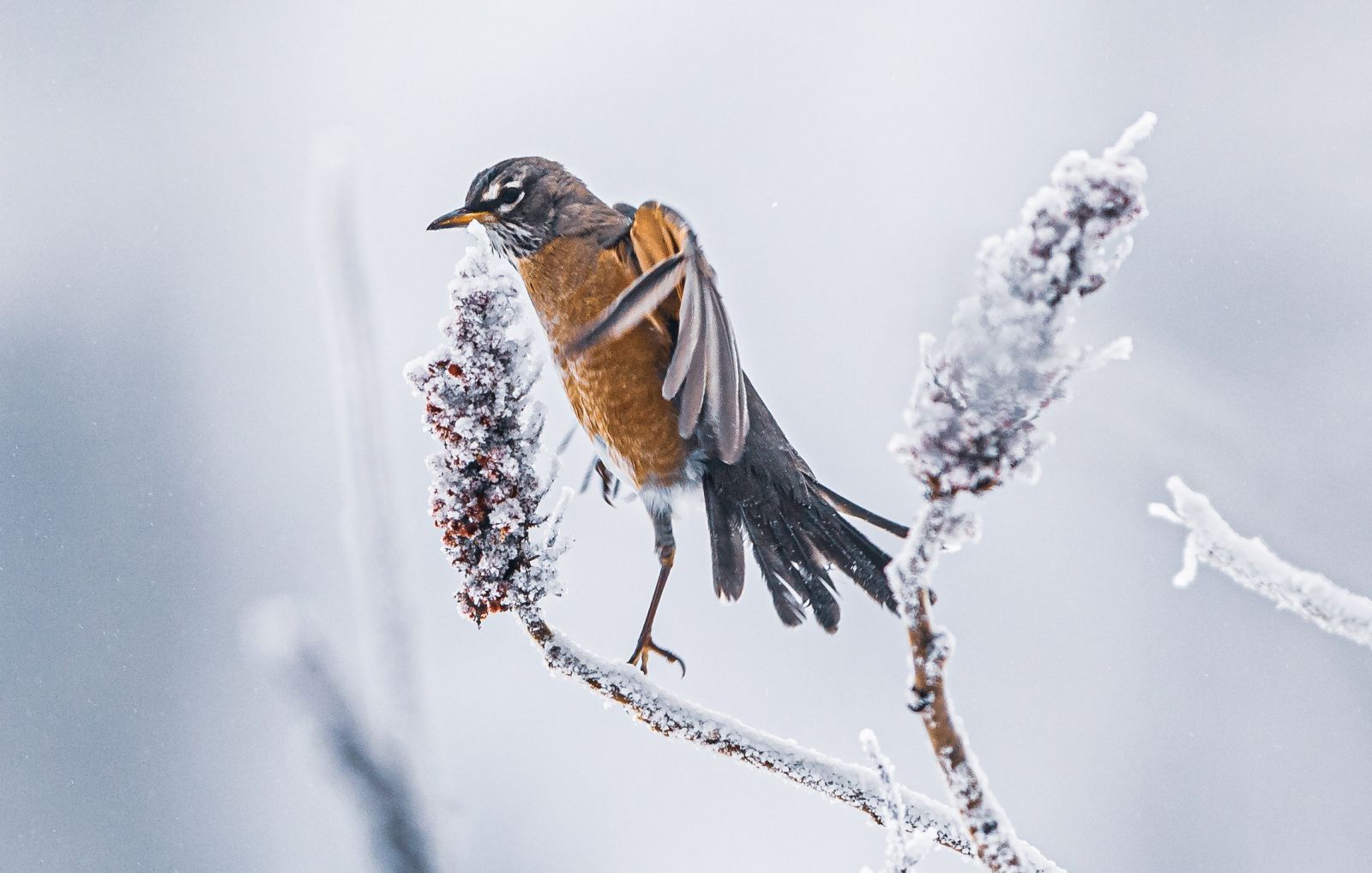
Certain bird species spend the summer in our woodlands but prefer to seek out warmer climes when the weather turns frosty. Others don’t migrate, but stay with us all year. With the arrival of the colder months, we also see an influx of more northern species that “fly south” to spend the winter here.
Some of these “snowbirds,” if you will, are what are known as “irruptive” migrators. Contrary to summer migrators, these species only migrate as needed and on an irregular basis that changes from year to year, depending on the availability of food in the boreal forests and tundra. When their population densities are high and resources scarce, the birds are forced to fly south in search of food, often in large numbers. These species include the common redpoll, red-breasted nuthatch and pine siskin.
FeederWatch: A citizen science project on a grand scale
Project FeederWatch is a volunteer-led winter inventory of feeder birds throughout Canada and the United States. Since 2005, many dedicated FeederWatch volunteers have been going to Mount Royal every winter to monitor the abundance of bird populations at our feeders. In 2020–2021, 58 volunteers conducted 188 counts in which they identified 1,629 birds of 22 different species on the mountain. Are you interested in participating in the project? We’d be more than pleased to have you! After all, Project FeederWatch wouldn’t exist without the support of its volunteers. Visit our Web page to learn more!
Let’s be kind, for the love of birds!
Birds that remain active during the winter generate heat from the energy they get from their food and need a great deal of peace and quiet to conserve it.
Owls (Strigidae) need a calm, safe place to rest during the day. This is particularly important during breeding season (February to April), when they must conserve energy to take care of their eggs and, once hatched, their owlets. Some species are also very sensitive to disturbances and might abandon their nests if they feel threatened.
Here are some important guidelines to follow when observing wildlife:
- Keep your distance.
- Stay on marked trails and paths.
- Never feed the birds or animals.
- Always keep dogs on a leash.
By observing them from afar and taking care not to disturb them, we not only make sure the birds (and mammals!) have access to adequate resting places, but we also help them get through winter’s icy grip.
Photo: morissetjg


